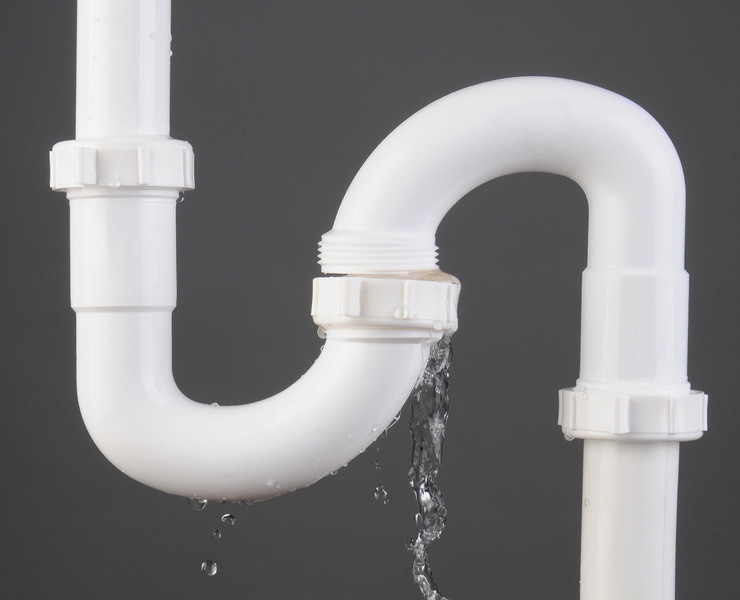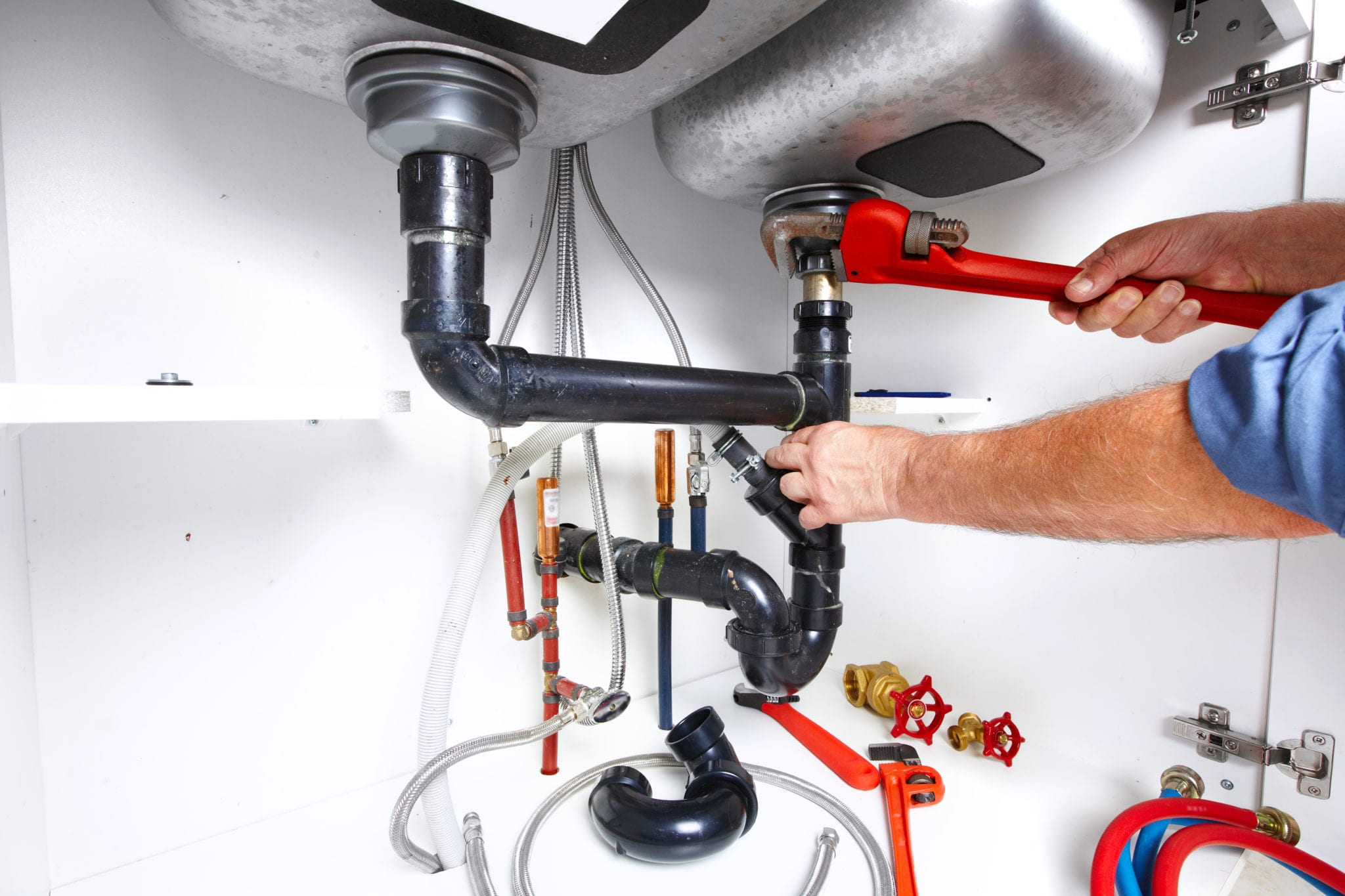Nearly everybody seems to have their own unique opinion involving Leaking water lines.

Early discovery of dripping water lines can alleviate a possible disaster. Some tiny water leakages may not be visible.
1. Analyze the Water Meter
Every home has a water meter. Inspecting it is a guaranteed way that helps you discover leaks. For starters, turn off all the water resources. Make certain no person will certainly flush, use the tap, shower, run the cleaning equipment or dishwashing machine. From there, most likely to the meter and watch if it will change. Given that nobody is utilizing it, there must be no activities. That suggests a fast-moving leak if it relocates. If you spot no modifications, wait an hour or 2 and also check back once again. This means you may have a slow-moving leak that might even be below ground.
2. Inspect Water Usage
If you spot abrupt changes, in spite of your intake being the very same, it implies that you have leaks in your plumbing system. An unexpected spike in your costs indicates a fast-moving leak.
A stable increase every month, even with the exact same habits, reveals you have a slow-moving leakage that's likewise slowly escalating. Call a plumber to thoroughly examine your property, particularly if you really feel a warm location on your floor with piping below.
3. Do a Food Coloring Test
30% comes from toilets when it comes to water intake. Test to see if they are running properly. Decrease specks of food shade in the container as well as wait 10 mins. There's a leak in between the storage tank as well as dish if the color in some way infiltrates your dish during that time without flushing.
4. Asses Outside Lines
Do not neglect to check your outside water lines too. Examination spigots by affixing a yard hose. Ought to water seep out of the connection, you have a loose rubber gasket. Replace this and also guarantee all links are limited. It will aid obtain it professionally took a look at and maintained every year if you've obtained a sprinkler system. One little leak can lose tons of water as well as spike your water bill.
5. Examine and also Assess the Scenario
House owners ought to make it a behavior to inspect under the sink counters and also even inside cupboards for any type of bad odor or mold growth. These two red flags show a leakage so timely attention is called for. Doing routine examinations, even bi-annually, can save you from a significant problem.
Much more notably, if you recognize your residence is already old, keep a watchful eye on your heating units, hoses, pipelines etc. Check for stainings as well as weakening as many home appliances and also pipelines have a life span. They will also naturally wear away due to damage. If you think leaking water lines in your plumbing system, do not await it to intensify. Call an expert plumber right now so you do not end up with a horrible mess in your home.
Early detection of dripping water lines can mitigate a possible calamity. Some tiny water leaks might not be noticeable. Checking it is a guaranteed way that aids you uncover leakages. One small leakage can waste heaps of water and also surge your water costs.
If you believe dripping water lines in your plumbing system, don't wait for it to intensify.
WARNING SIGNS OF WATER LEAKAGE BEHIND THE WALL
PERSISTENT MUSTY ODORS
As water slowly drips from a leaky pipe inside the wall, flooring and sheetrock stay damp and develop an odor similar to wet cardboard. It generates a musty smell that can help you find hidden leaks.
MOLD IN UNUSUAL AREAS
Mold usually grows in wet areas like kitchens, baths and laundry rooms. If you spot the stuff on walls or baseboards in other rooms of the house, it’s a good indicator of undetected water leaks.
STAINS THAT GROW
When mold thrives around a leaky pipe, it sometimes takes hold on the inside surface of the affected wall. A growing stain on otherwise clean sheetrock is often your sign of a hidden plumbing problem.
PEELING OR BUBBLING WALLPAPER / PAINT
This clue is easy to miss in rooms that don’t get much use. When you see wallpaper separating along seams or paint bubbling or flaking off the wall, blame sheetrock that stays wet because of an undetected leak.
BUCKLED CEILINGS AND STAINED FLOORS
If ceilings or floors in bathrooms, kitchens or laundry areas develop structural problems, don’t rule out constant damp inside the walls. Wet sheetrock can affect adjacent framing, flooring and ceilings.
https://www.servicemasterbyzaba.com/blog/how-to-detect-water-leakage-in-walls/

Do you really like reading about Top leak detection hacks? Try to leave a remark further down. We would be delighted to know your responses about this posting. In hopes that you come back again later on. For those who enjoyed our blog post please don't forget to share it. Many thanks for your time. Visit us again soon.